SILVER-LUG Blog — アイテム紹介

A luxurious time to enjoy smoking. Western antique smoking accessories.
Posted by WATANABETAIGA
In recent years, as fewer people smoke, smoking accessories have become less common, but among the antiques, there are surprisingly many beautiful items that are also wonderful works of art.
Western antique smoking accessories are a very fascinating category, not just as mere tools, but as objects that tell a story of culture and history.
A luxurious time to enjoy smoking. Western antique smoking accessories.
Posted by WATANABETAIGA
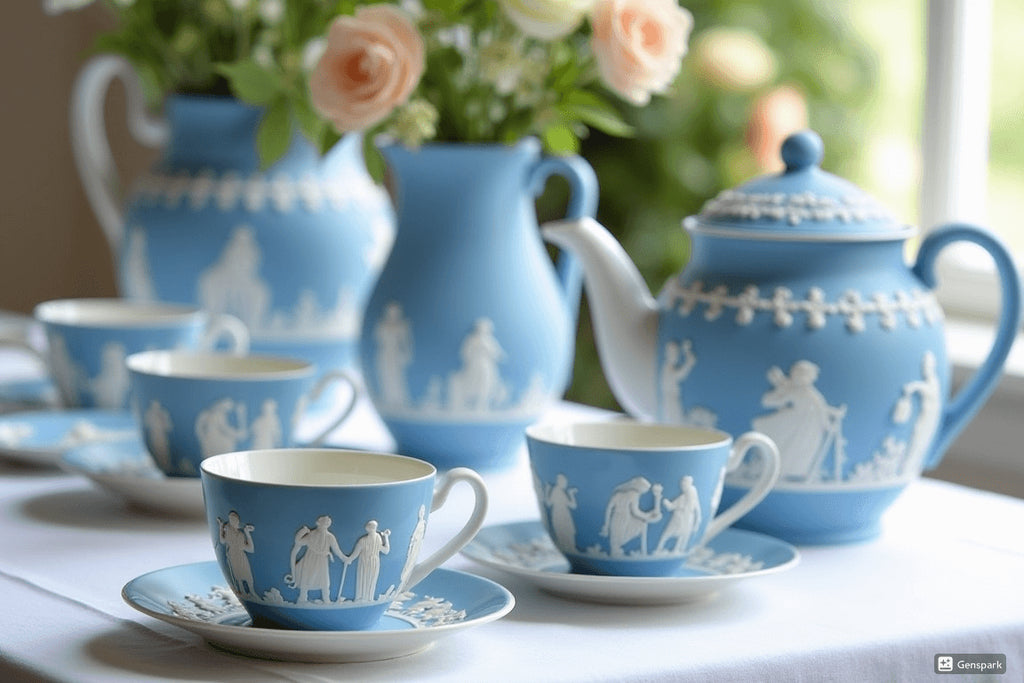
Wedgwood's "Jasperware" from the UK
Posted by WATANABETAIGA
Wedgwood's "Jasperware" is one of the most popular Western ceramics in Japan.
Teacups and vases with elegant white relief on a pale blue background are truly synonymous with Wedgwood.
In this article, we will provide a clear explanation of the history of its creation, its characteristics, how it is made, and the secret behind its ever-attracting appeal.
Wedgwood's "Jasperware" from the UK
Posted by WATANABETAIGA
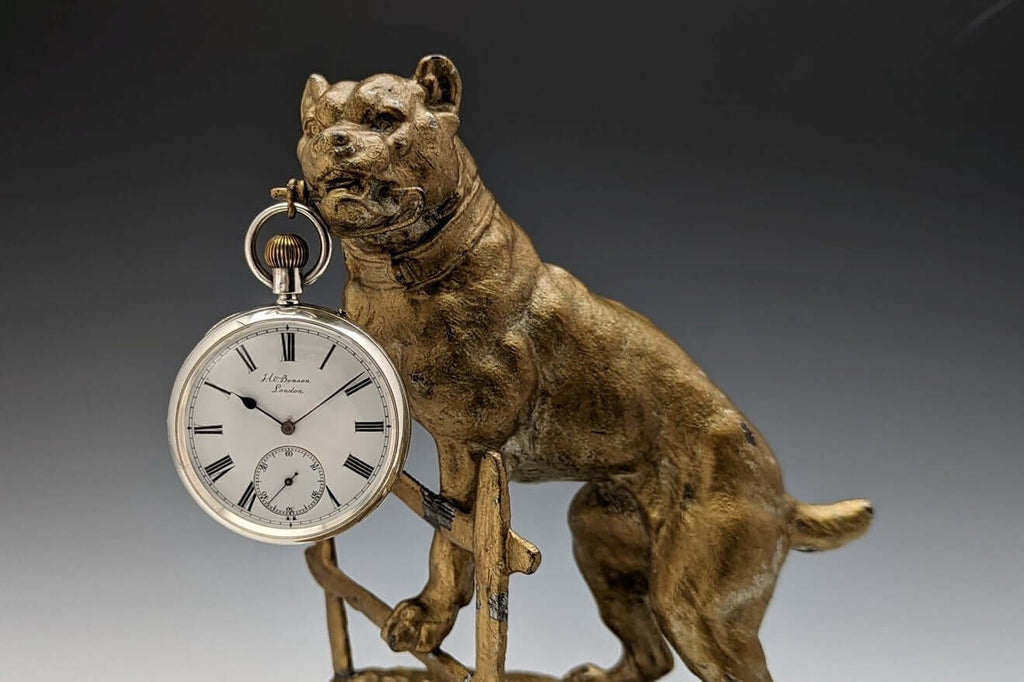
Antique pocket watch holder
Posted by WATANABETAIGA
A "pocket watch holder" is a display stand for a pocket watch when you are not carrying the watch around with you but rather using it on a desk indoors.
The antique pocket watch holder not only allows you to use your pocket watch like a table clock, but also enhances its presence with its beautiful design.
Antique pocket watch holder
Posted by WATANABETAIGA
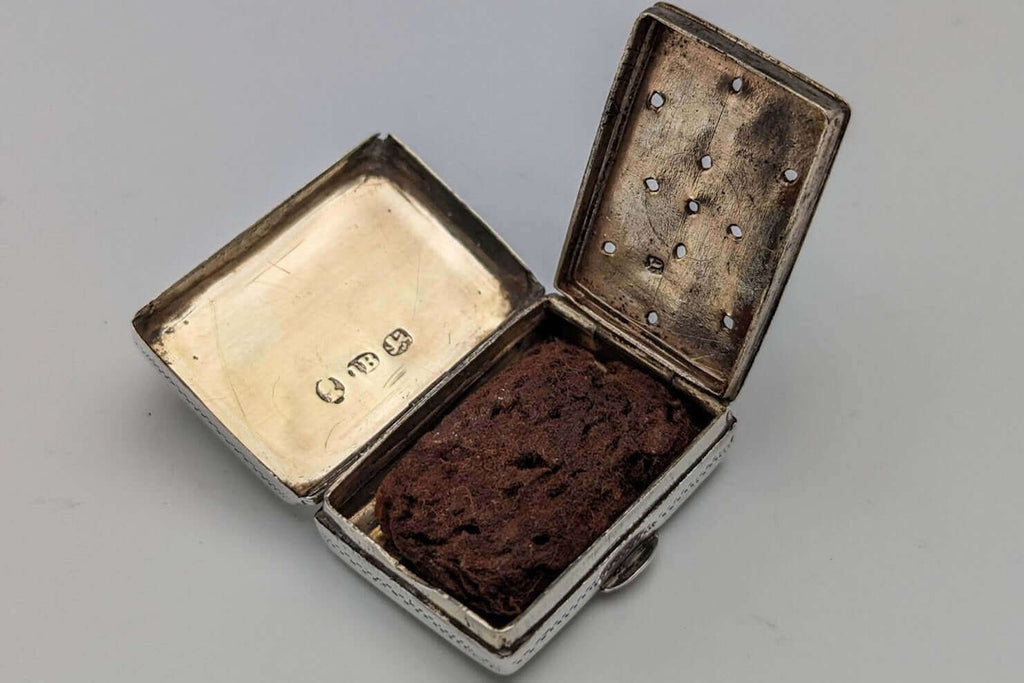
antique vinaigrette
Posted by WATANABETAIGA
"Vinaigrette" means "vinegar" in French, and is the term used in the antiques industry to refer to smell-inducing bottles.
antique vinaigrette
Posted by WATANABETAIGA
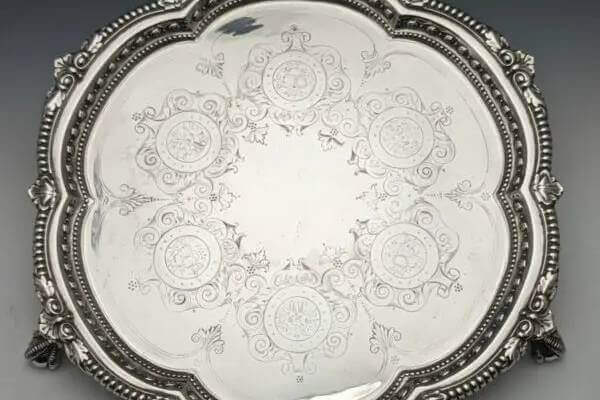
Salva
Posted by WATANABETAIGA
Among the trays (flat containers with a shallow bottom), only silver ones are called salva.
It was used by upper-class European families to carry cups and plates to the table, and by butlers to carry letters and cards to their masters.
Salva
Posted by WATANABETAIGA
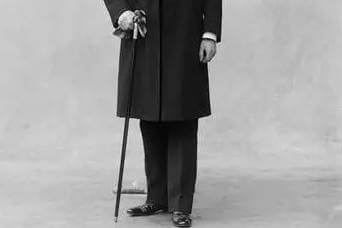
antique walking stick
Posted by WATANABETAIGA
However, not only in medieval Europe, but also in Japan during the Meiji period, it was once an indispensable item for gentlemen's fashion.
antique walking stick
Posted by WATANABETAIGA
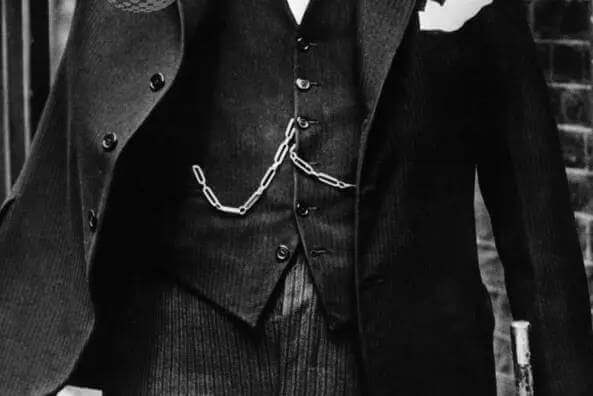
albert chain
Posted by WATANABETAIGA
Albert chain is a chain used to wear a pocket watch.
It is named after Prince Albert (1819-1861), husband of Queen Victoria of England (1837-1901).
It was developed not only for the practical purpose of attaching a pocket watch to clothing to prevent it from being dropped, but also as an accessory for British gentlemen to be worn stylishly.
albert chain
Posted by WATANABETAIGA

antique card case
Posted by WATANABETAIGA
antique card case
Posted by WATANABETAIGA
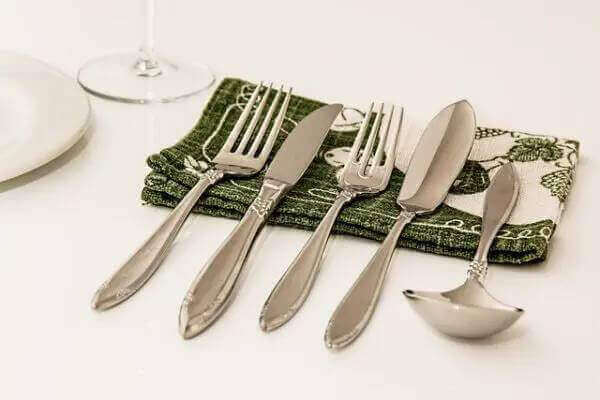
Types of antique silver cutlery
Posted by WATANABETAIGA
Cutlery is Western tableware such as knives, forks, and spoons used for meals.
In particular, silver cutlery beautifully decorated by silversmiths is a symbol of wealth and is a representative item of antique silver.
Types of antique silver cutlery
Posted by WATANABETAIGA
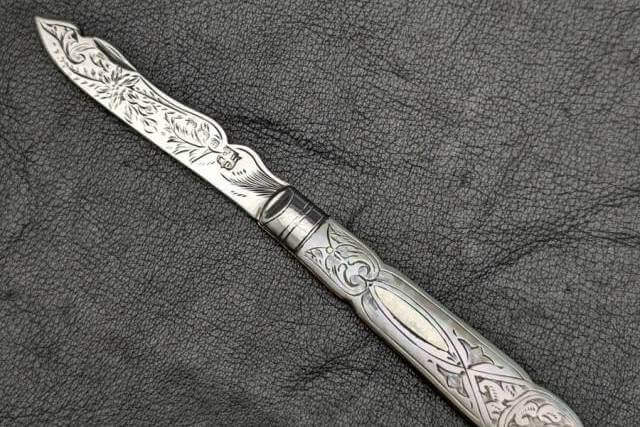
British antique folding knife
Posted by WATANABETAIGA
There may not be much image of cutlery in England today, but the cutlery industry developed mainly in Sheffield during the industrial revolution that started in the 18th century, and excellent cutlery was manufactured.
In the olden days, British gentlemen kept folding knives in their waistcoat pockets as a necessity, and there are still many folding knives left.
British antique folding knife
Posted by WATANABETAIGA


